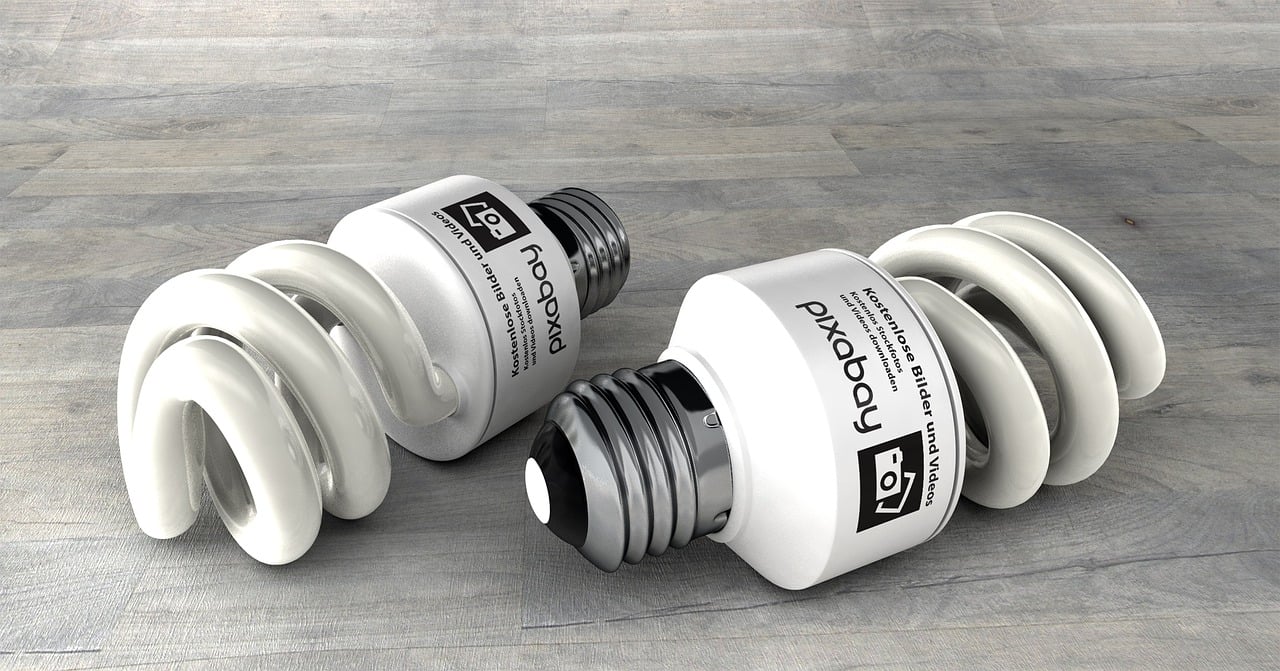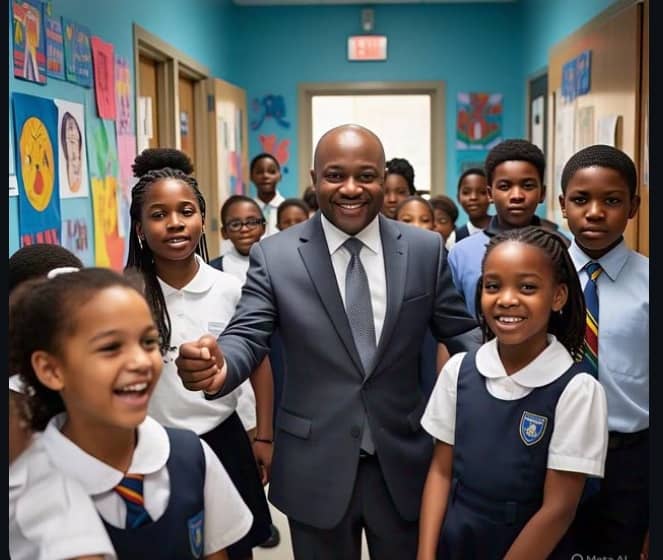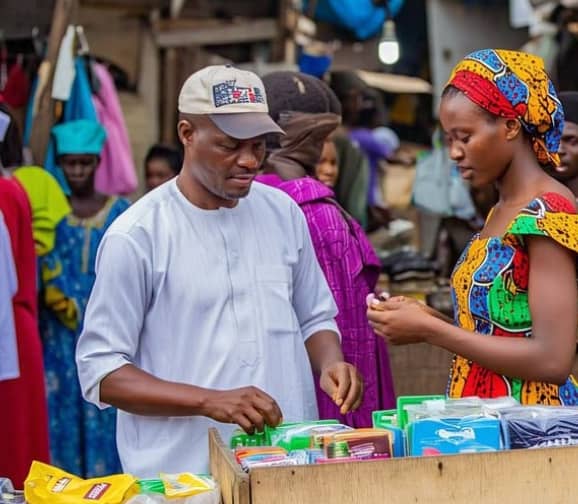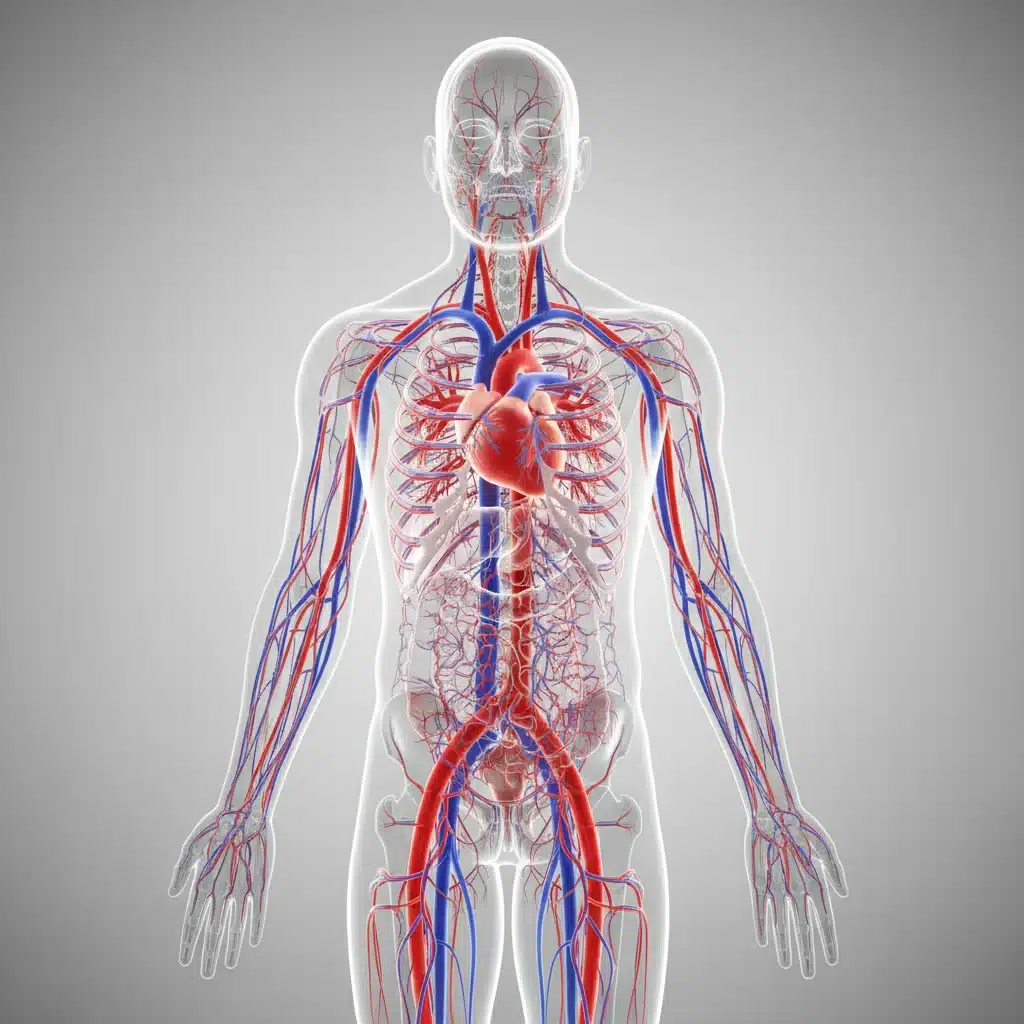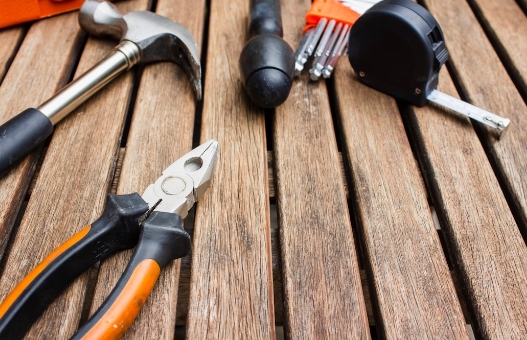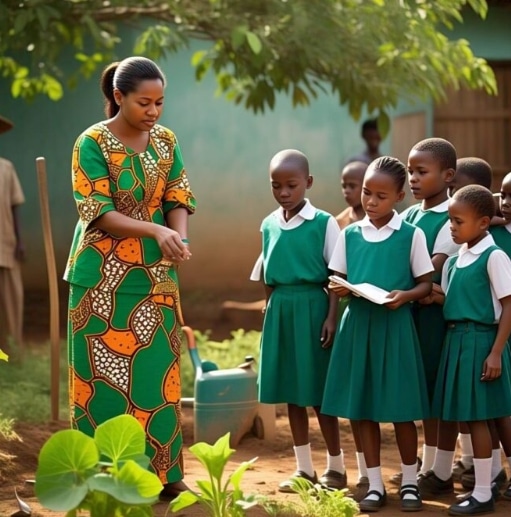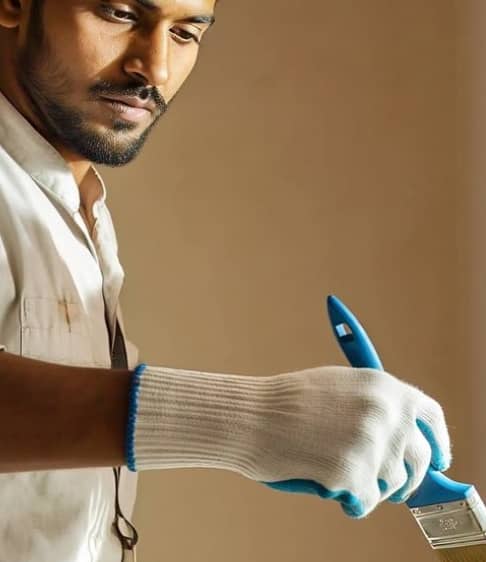Basic Science Primary 6 Lesson Note – The Circulatory System
Basic Science Lesson Note for Primary 6 – First Term
Subject: Basic Science
Class: Primary 6
Term: First Term
Week: 6
Age: 10 – 11 years
Topic: The Circulatory System
Sub-topic: The Heart, Blood, and Blood Vessels
Duration: 40 minutes
Behavioural Objectives
By the end of this lesson, pupils should be able to:
- Define the circulatory system.
- Identify the main parts of the circulatory system.
- Explain the functions of the circulatory system.
- Describe how to maintain a healthy circulatory system.
- Mention the number of chambers in the heart.
Keywords and Meanings
| Keyword | Meaning |
|---|---|
| Circulatory System | The body system that moves blood around the body. |
| Heart | A muscular organ that pumps blood. |
| Blood | The red liquid that carries oxygen and nutrients. |
| Blood Vessels | Tubes that carry blood through the body. |
| Arteries | Vessels that carry blood away from the heart. |
| Veins | Vessels that carry blood to the heart. |
| Capillaries | Very small blood vessels that connect arteries and veins. |
| Oxygen | The air we breathe that the body needs to stay alive. |
| Pulse | The heartbeat felt when blood moves through the body. |
| Healthy Living | Doing things that help the body stay strong and well. |
Set Induction (Attention Grabber)
The teacher begins with a short story:
“Last week, Musa was running a race during break time. After a few minutes, he stopped, held his chest, and said, ‘I can feel my heart beating fast!’ Everyone laughed. But his friend Amina asked, ‘Why is the heart beating like that?’ The teacher explained that the heart works like a pump—it pushes blood all over the body, just like water moves through pipes.”
Ask pupils:
- “Why do you think Musa’s heart was beating fast?”
- “Do you know what carries blood in our body?”
Let them guess before introducing the topic — The Circulatory System.
Entry Behaviour
Pupils already know that the heart beats inside the chest and that blood comes out when there’s a cut. They are aware that blood is important for life.
Learning Resources and Materials
- Diagram of the human circulatory system
- Charts showing the heart and blood vessels
- Transparent tubes and red-coloured water (to show blood flow)
- Stethoscope or pulse check activity
Building Background / Connection to Prior Knowledge
Pupils have learned about living things, body systems, and respiration. This lesson connects how the heart and blood work together to support life.
Embedded Core Skills
- Observation and inquiry skills
- Communication and participation
- Health awareness and self-management
- Problem-solving
- Critical thinking
Instructional Materials
- Lagos State Unified Scheme of Work (Basic Science)
- NERDC Basic Science Textbook
- Charts and labelled diagrams of the heart
- Video or poster on human circulation
Reference Books
- Basic Science for Primary Schools (NERDC)
- Lagos State Unified Scheme of Work
- Lessonshabitat.com Teacher’s Resource Bank
Content Development
Definition of Circulatory System
The circulatory system is the body’s transport system.
It is made up of the heart, blood, and blood vessels, which move blood throughout the body.
Main Parts of the Circulatory System
- Heart:
- A strong, muscular organ located in the chest.
- It pumps blood to all parts of the body.
- It has four chambers:
- Right Auricle
- Left Auricle
- Right Ventricle
- Left Ventricle
- The heart beats about 72 times per minute.
- Example: When you run, your heart beats faster to pump more oxygen.
- Blood:
- The red liquid that flows in our body.
- It carries oxygen, nutrients, and waste.
- Parts of blood:
- Red blood cells – carry oxygen.
- White blood cells – fight diseases.
- Platelets – help stop bleeding.
- Plasma – yellowish fluid that carries everything.
- Example: When you cut yourself, blood comes out because vessels are opened.
- Blood Vessels:
- Arteries – carry blood away from the heart.
- Veins – carry blood toward the heart.
- Capillaries – small thin vessels connecting arteries and veins.
- Example: The pulse you feel in your wrist is from blood flowing through arteries.
Functions of the Circulatory System
- Transports oxygen from lungs to body cells.
- Removes waste products like carbon dioxide.
- Distributes nutrients from food.
- Helps regulate body temperature.
- Protects the body from infection (through white blood cells).
- Carries hormones to different parts of the body.
- Helps heal wounds through platelets.
- Maintains water balance in the body.
- Keeps body organs alive and working.
- Supports growth by nourishing cells.
Importance of Keeping the Circulatory System Healthy
- Eat balanced diets rich in fruits and vegetables.
- Exercise regularly (walk, run, skip).
- Avoid smoking or harmful substances.
- Rest and sleep well.
- Drink clean water often.
- Avoid too much fatty food.
- Visit the doctor for check-ups.
- Keep your environment clean.
- Maintain good hygiene.
- Avoid stress and anger.
Teacher’s Activities
- Introduces the topic using the story and question method.
- Shows a chart of the circulatory system.
- Explains each part clearly and demonstrates the pulse.
- Guides pupils to draw and label the system.
- Leads discussion on how to stay healthy.
Learners’ Activities
- Listen to explanations and answer questions.
- Observe charts and identify the heart and blood vessels.
- Feel their pulse and count heartbeats.
- Draw and label the circulatory system.
- Discuss healthy habits.
Class Activity Discussion (FAQs)
| Question | Answer |
|---|---|
| 1. What is the circulatory system? | It is the system that moves blood around the body. |
| 2. What are the main parts of the circulatory system? | The heart, blood, and blood vessels. |
| 3. What does the heart do? | It pumps blood to all parts of the body. |
| 4. How many chambers are in the heart? | Four chambers. |
| 5. What does blood carry? | Oxygen, nutrients, and waste. |
| 6. What are blood vessels? | Tubes that carry blood through the body. |
| 7. Name two types of blood vessels. | Arteries and veins. |
| 8. How can we keep our circulatory system healthy? | By eating well and exercising. |
| 9. What happens when the heart stops beating? | Blood stops moving, and life ends. |
| 10. Why is blood important? | It gives life and keeps us healthy. |
Evaluation Questions
A. Fill-in-the-Blank Questions (Choose a, b, c, or d)
- The circulatory system is made up of the ______.
a) heart, lungs, and bones b) heart, blood, and blood vessels c) bones, brain, and muscles d) eyes, ears, and mouth - The heart beats about ______ times in a minute.
a) 50 b) 60 c) 72 d) 90 - ______ carry blood away from the heart.
a) Veins b) Arteries c) Capillaries d) Nerves - The red liquid that flows in the body is called ______.
a) water b) blood c) juice d) plasma - The small blood vessels that connect arteries and veins are called ______.
a) valves b) tubes c) capillaries d) pumps - ______ carry blood to the heart.
a) Arteries b) Veins c) Bones d) Muscles - The heart has ______ chambers.
a) two b) three c) four d) five - The heart pumps blood to all parts of the ______.
a) car b) house c) body d) bag - White blood cells help the body to ______.
a) fight disease b) sleep c) play d) rest - Eating healthy foods helps to keep the ______ strong.
a) bones b) hair c) circulatory system d) clothes
B. Short Answer Questions
- What is the circulatory system?
- Mention two main parts of the circulatory system.
- What is the work of the heart?
- How many chambers are in the heart?
- What does blood do?
- What are blood vessels?
- List two types of blood vessels.
- Give one way to keep the heart healthy.
- What happens when blood does not circulate properly?
- Why is the circulatory system important?
Assessment
Teacher checks pupils’ drawings, marks classwork, and provides corrections and feedback.
Conclusion
The teacher summarizes the lesson by reminding pupils that:
“The circulatory system keeps us alive by moving blood all around the body. When the heart stops, life stops—so protect your heart by living healthy every day.”
Lesson Note on the Circulatory System — heart, blood, and blood vessels explained with fun class activities.

